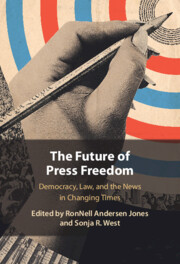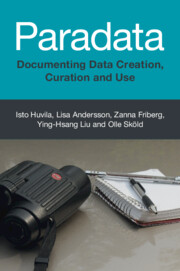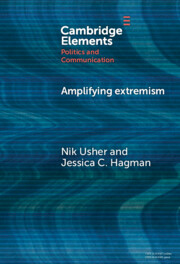Abstract: Encounters is a free roaming collective experience in virtual reality. Participants are engaged in different ways and at different stages during the production process and the reception of the work. Based on analysis of this original project, how the complex relationships between spaces (physical, virtual, scenic, representational, narrative), time (real, narrative) and bodies (lived, simulated) determine a dynamic, spatialized and “embodied” narrative are examined. This involves questioning the concept of “immersion,” not only in its theoretical presuppositions, but above all in its practical applications and, thus, in its relation to multiples issues within artistic creation (technological, corporeal, affective, narrative, etc.). Also, it shows that the concept of “border-contact” from Gestalt Therapy could assist the understanding of specific immersive experiences.
Keywords: virtual reality, Gestalt theory, water
From Immersion to Immersions
The metaphor of immersion—that is, immersion in a liquid—is systematically used in the rhetoric of manufacturers who develop new tools of diffusion (virtual reality headsets, mixed-reality glasses) and in the cultural and media discourses that accompany the creations conceived for these devices, as if the technology did not only predetermine, but also homogenize the receptive experience. The multiple aesthetic potentialities offered by these artworks, the diversity of the proposed setups, the disparity of the involved “users-spectators”—and thus their reception—indeed seem to dissolve in an immersivity which appears constituent, both as an aesthetic principle of the artworks and as an “horizon of expectation” (horizon d’attente) for the public. Yet, immersion is difficult to apprehend as an aesthetic concept, to say the least, and probably even more so from an ontological point of view. Can it only be defined or at least circumscribed? Doesn't the polysemy of the term require taking its plural nature into consideration? Not a single immersion, therefore—because there could not be a definitive and unique form of reaching out to the public—, but various immersions, whose nature should be specified each time: psychological, physical, emotional, sensorial, perceptual, or even fictional, technological, or narrative.





